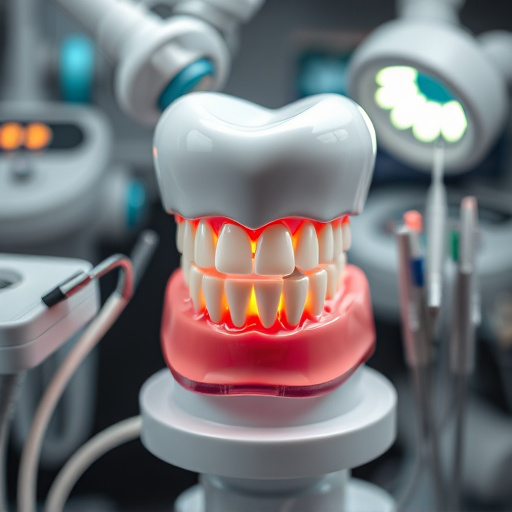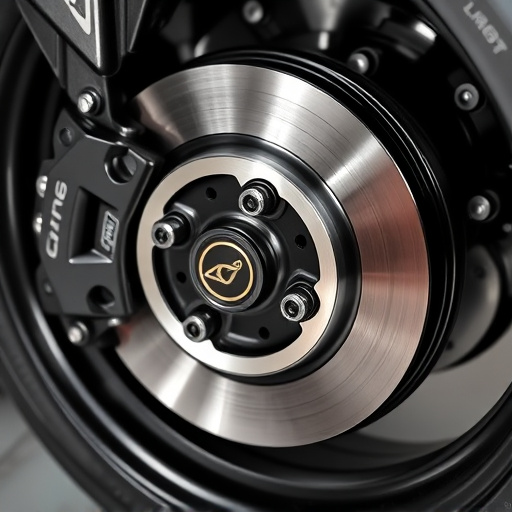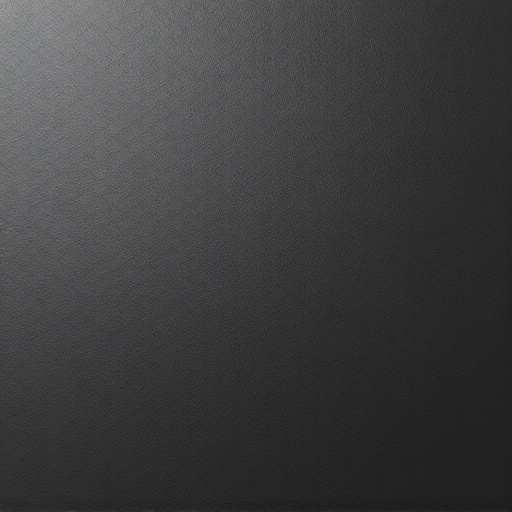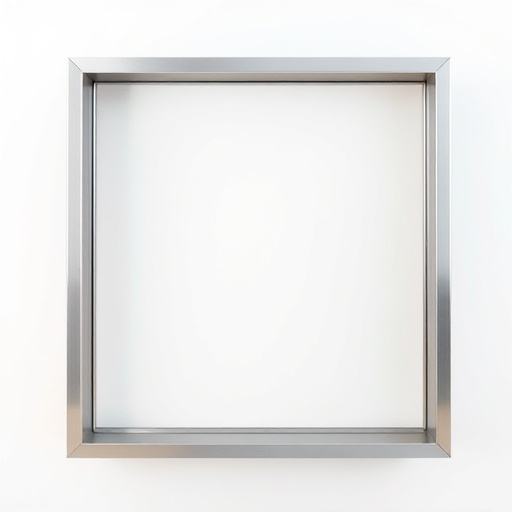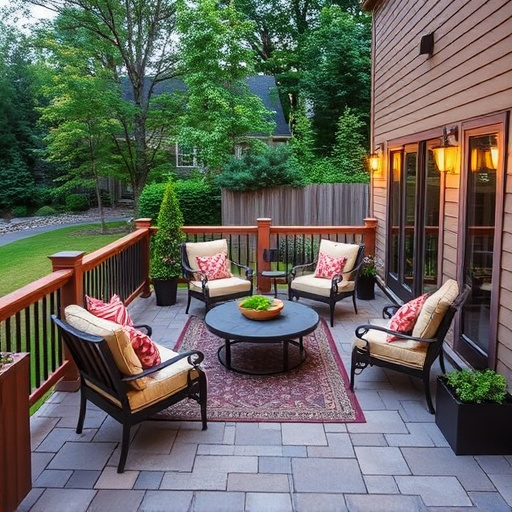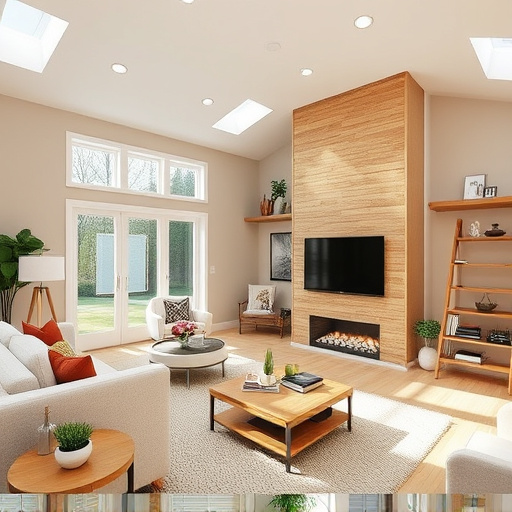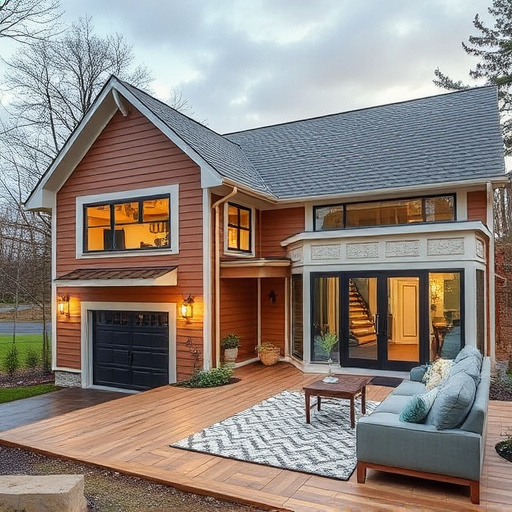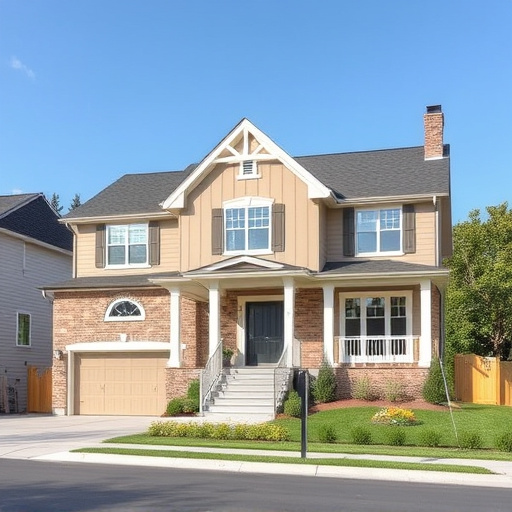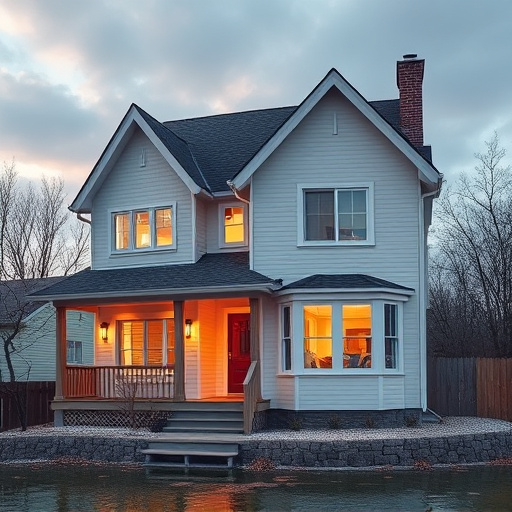Upgrading commercial spaces with strategic lighting design is essential for creating functional, inviting, and cost-effective environments. Effective lighting considers natural light, task-specific illumination, energy efficiency, and LED technology, enhancing productivity or customer experiences depending on the space's purpose. Upgrading to LED lights during commercial renovations reduces energy consumption, operational costs, and environmental impact while offering versatility in aesthetics and applications.
Lighting and HVAC systems are critical components of any commercial upgrade, impacting energy efficiency, occupant comfort, and overall space functionality. In this article, we explore essential considerations for these key elements. From understanding the profound effect of lighting on productivity and ambiance to adopting modern HVAC technologies for enhanced sustainability, strategic planning ensures successful upgrades. We delve into specific requirements for diverse commercial settings, cost-benefit analyses, regulatory compliance, and long-term maintenance strategies, guiding you through every step of the process.
- Understanding Lighting Requirements for Commercial Spaces
- – The impact of lighting on productivity and ambiance
- – Energy-efficient options: LED technology and its benefits
Understanding Lighting Requirements for Commercial Spaces
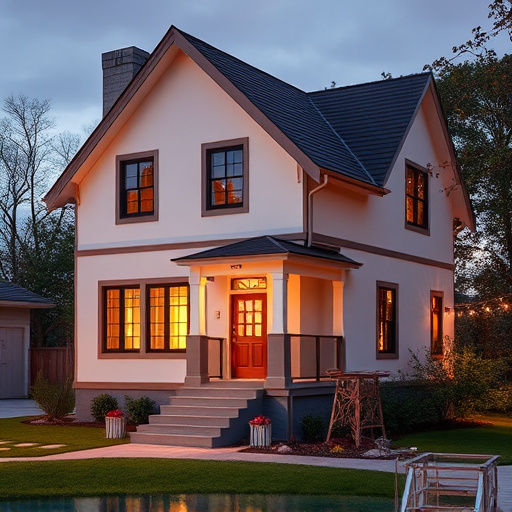
When upgrading commercial spaces, understanding lighting requirements is paramount to creating functional and inviting environments. Unlike residential settings, commercial spaces cater to diverse activities and user needs, from bustling retail stores to tranquil offices or vibrant event venues. This necessitates a tailored lighting approach that optimizes visual comfort and enhances overall space utilization.
Effective lighting design in commercial upgrades goes beyond mere aesthetics. It involves considering natural light availability, task-specific illumination, energy efficiency, and the latest LED technology. Home improvement services often emphasize customized home renovations, but for commercial spaces, a functional lighting strategy is key to reducing energy costs, improving safety, and fostering productivity or positive customer experiences, depending on the space’s purpose.
– The impact of lighting on productivity and ambiance
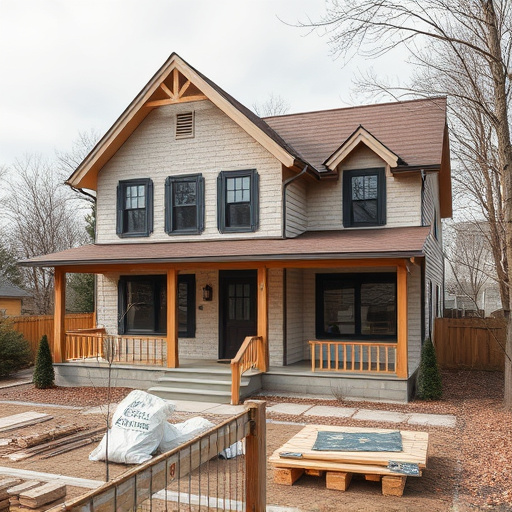
Lighting plays a pivotal role in shaping both productivity and ambiance within commercial spaces. In today’s digital era, proper illumination enhances visibility, reduces eye strain, and improves overall well-being, ensuring employees remain focused and efficient. Well-designed lighting systems can also create desired atmospheres—whether it’s a welcoming environment to attract customers or a calm setting to promote relaxation in break areas.
When considering a commercial upgrade, whether through home additions, kitchen renovations, or home remodeling, updating lighting infrastructure is essential. Modern LED technologies offer energy efficiency and adjustable color temperatures, allowing businesses to tailor lighting to various purposes and moods. This flexibility not only reduces operational costs but also contributes to a more adaptable and flexible work environment that caters to diverse employee needs and customer preferences.
– Energy-efficient options: LED technology and its benefits
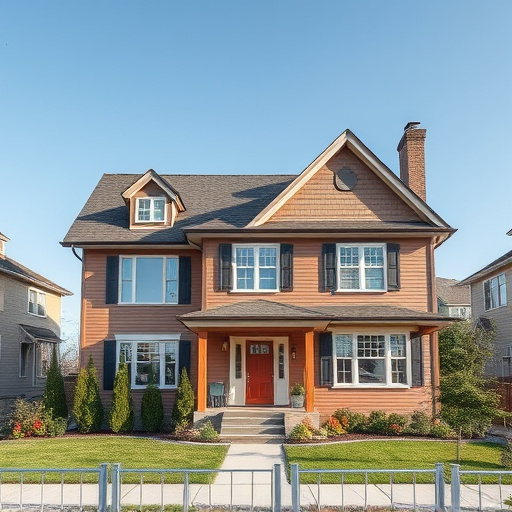
When upgrading commercial spaces, lighting and HVAC systems often take centre stage due to their significant impact on energy consumption and operational costs. One of the most effective ways to enhance energy efficiency is by adopting LED (Light Emitting Diode) technology. LED lights have revolutionized the way we illuminate our environments, offering a plethora of benefits for both commercial upgrade projects and everyday operations.
Compared to traditional lighting options, LEDs are highly efficient, consuming significantly less electricity while providing superior brightness. This not only reduces energy bills but also minimizes the environmental impact, making it an attractive choice for eco-conscious businesses. Moreover, LED technology has advanced to accommodate various colours, temperatures, and designs, ensuring that these lights can complement any aesthetic, from modern offices to stylish retail spaces, even in unique applications like bathroom renovations.
When undertaking a commercial upgrade, prioritizing lighting and HVAC (Heating, Ventilation, and Air Conditioning) systems is key. Efficient lighting, such as LED technology, not only enhances productivity and ambiance but also reduces energy costs. Similarly, modern HVAC systems improve indoor air quality and comfort while minimizing operational expenses. By integrating these considerations into your commercial upgrade plan, you’ll create a space that’s not only productive but also sustainable and cost-effective in the long term.
